SOURCE: RAUNAK KUNDE / NEWS BEAT / IDRW.ORG


The United Kingdom has reignited its efforts to bring India on board as a partner in the development of the sixth-generation Tempest fighter jet program. This comes after earlier attempts in 2019. Currently, the UK collaborates with Italy and Japan on the ambitious project, with a target first flight by 2035.
According to sources at idrw.org, both Italy and Japan have expressed a strong desire for India’s participation. Their inclusion is seen as a way to significantly reduce the program’s estimated cost of $32.5 billion.
Continue readingSOURCE: RAUNAK KUNDE / NEWS BEAT / IDRW.ORG
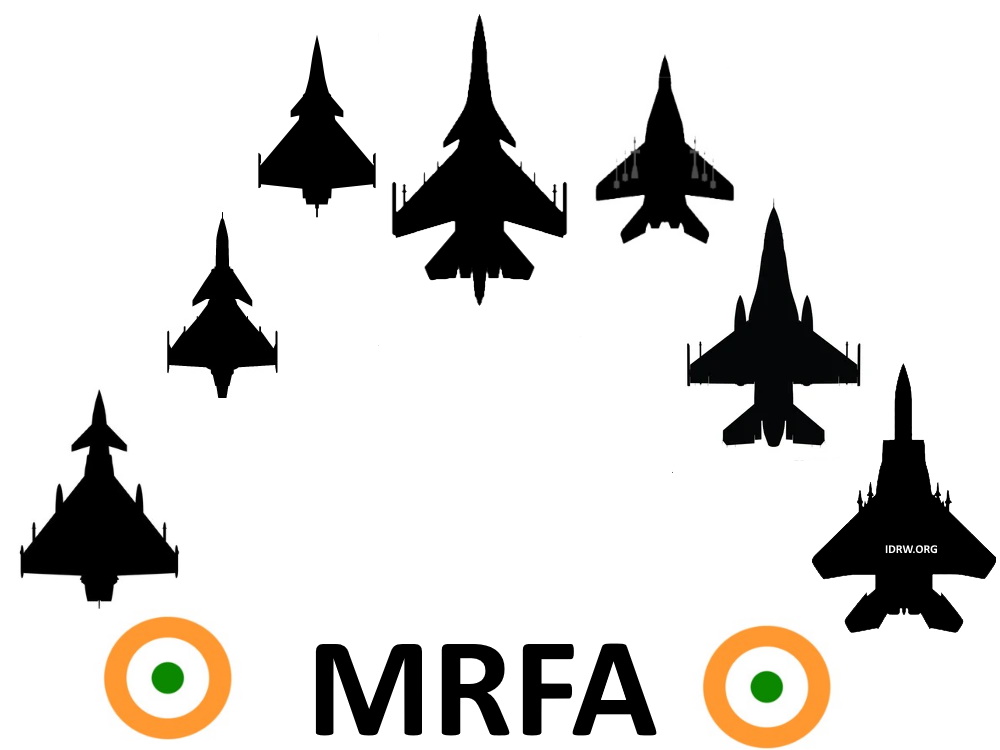

The Indian Air Force (IAF) is hopeful for a breakthrough in the long-delayed Medium Multi-Role Fighter Aircraft (MMRCA) program, also known as MRFA. The proposal, seeking 114 fighter jets, has been in motion since 2018. IAF officials are pushing for a fast-track approach with the issuance of Acceptance of Necessity (AoN) and financial backing later this year.
However, an IAF source, speaking anonymously to idrw.org, expressed concern about the government’s delays. The source emphasized the criticality of acquiring new aircraft to address the IAF’s fighter jet shortfall.
Continue readingSOURCE: RAUNAK KUNDE / NEWS BEAT / IDRW.ORG
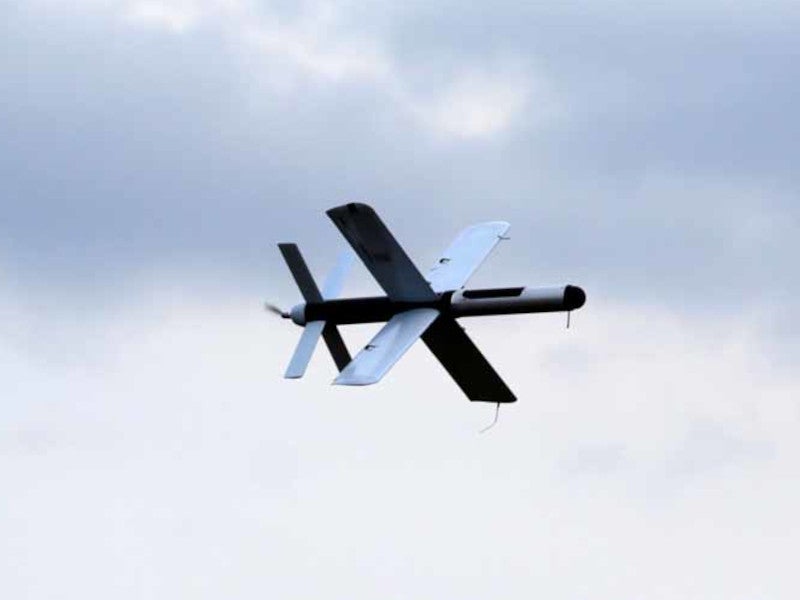

The Indian Air Force (IAF) and the Indian Army are increasingly turning their attention towards acquiring Medium Altitude Long Endurance (MALE) UAV air-launched loitering munitions from private sector companies within India. These cutting-edge munitions, currently under rigorous testing and development, promise to significantly enhance the operational capabilities of India’s armed forces.
Loitering munitions often referred to as “kamikaze drones” or “suicide drones,” are a hybrid between a missile and a UAV. They are designed to loiter in the airspace around a target area for an extended period, identify high-value targets, and then attack with precision. The canister air-launched versions of these munitions are notable for their innovative deployment method and operational flexibility.
Continue readingSOURCE: RAUNAK KUNDE / NEWS BEAT / IDRW.ORG


The aerial landscape of the subcontinent is witnessing an escalation as Pakistan reportedly eyes an additional 14 Chengdu J-10CE “Vigorous Dragon” multi-role fighters. This move comes after India’s acquisition of the Rafale fighter jet, potentially aimed at achieving parity in the region.
While the Pakistan Air Force (PAF) has lauded the J-10CE as comparable to, and in some claims superior to, the Rafale, such assertions are met with skepticism. Indian defence experts argue that the forthcoming Tejas MkII will not only match but surpass the capabilities of the J-10CE and the F-16 Block-52, another mainstay of the PAF.
Continue readingSOURCE: RAUNAK KUNDE / NEWS BEAT / IDRW.ORG
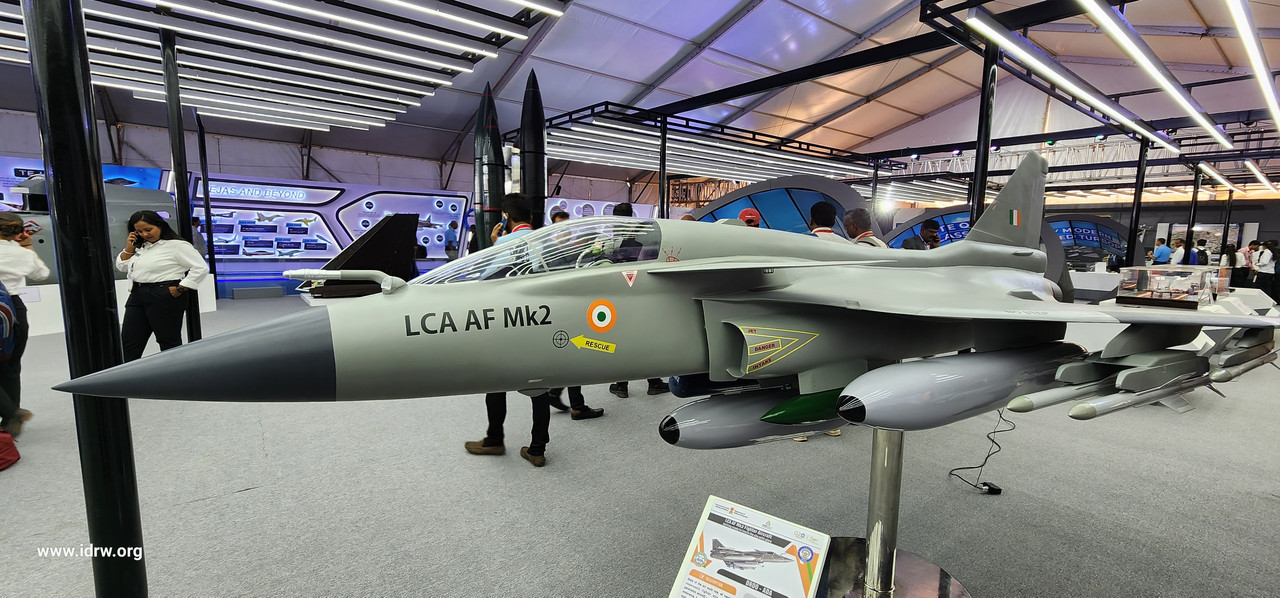

The Tejas MkII fighter jet, India’s next-generation light combat aircraft, boasts a significant upgrade in its radar capabilities. Tejas MkII fighter jet will be the first Indian-made fighter jet that will be equipped with an upgraded Uttam Active Electronically Scanned Array (AESA) Fire Control Radar (FCR).
This new radar system, mounted on a rotating repositioner or swashplate, marks a pioneering development in India’s fighter jet program. Unlike the fixed AESA radar featured in the Tejas Mk1A, this innovation provides enhanced battlefield awareness and operational versatility.
Continue readingSOURCE: RAUNAK KUNDE / NEWS BEAT / IDRW.ORG


A high-level Indian Air Force (IAF) delegation, led by Assistant Chief of the Air Staff (Intelligence) Air Vice-Marshal Ichettira Iyappa Kuttappa VM VSM, arrived in Nay Pyi Taw, Myanmar, on May 13th for the 6th Myanmar Air Force-Indian Air Force Air Staff Talks.
This visit comes amidst a backdrop of increasing attacks on Myanmar airbases by resistance groups using drones. Notably, the strategically important Aye Lar airbase, which houses jet fighters, VIP transport planes, and other military aircraft, has been targeted twice in recent months.
Continue readingSOURCE: RAUNAK KUNDE / NEWS BEAT / IDRW.ORG
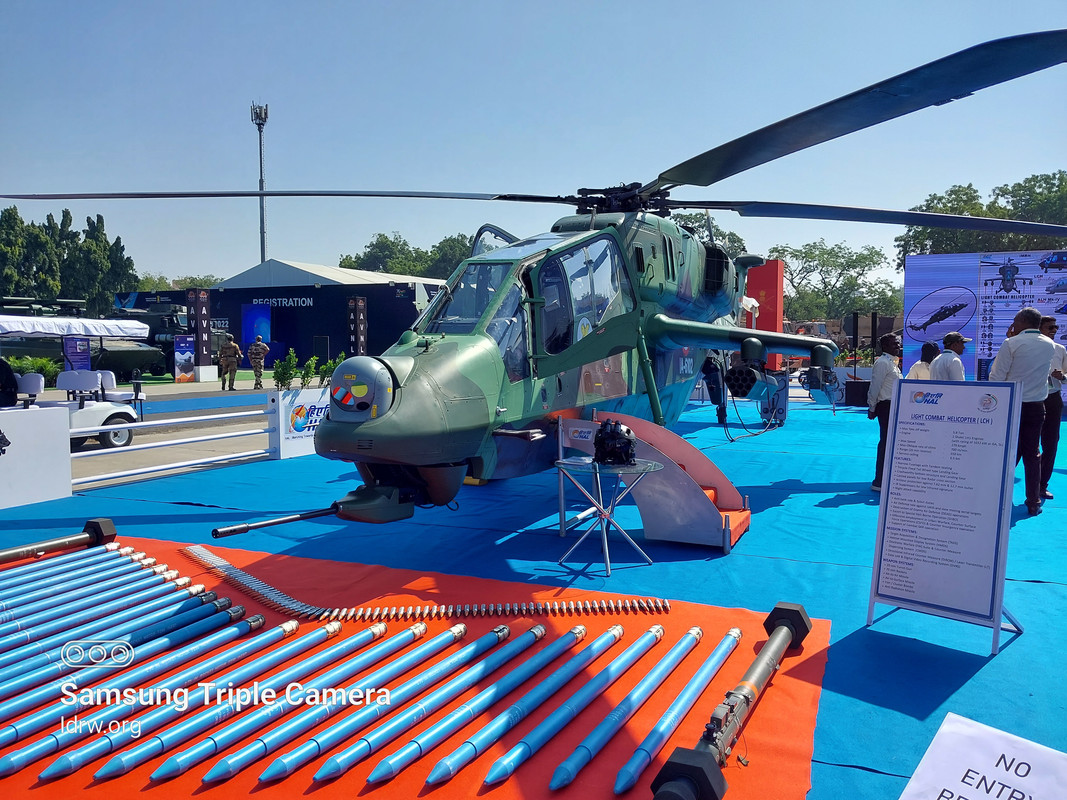

The Indian Ministry of Defence (MoD) is poised to greenlight a major deal for the production of 156 Light Combat Helicopters (LCH), named Prachand. This deal, estimated to cost ?45,000 crore, is expected to be presented to the Cabinet Committee on Security (CCS) by late August after the formation of a new central government in mid-June.
Sources within the defence establishment revealed to idrw.org that the Army and Air Force, which have already inducted a limited series of 15 LCHs, have proposed minor modifications. These modifications include the integration of an autopilot system and a ground collision avoidance system, enhancing safety and operational efficiency.
Continue readingSOURCE: RAUNAK KUNDE / NEWS BEAT / IDRW.ORG
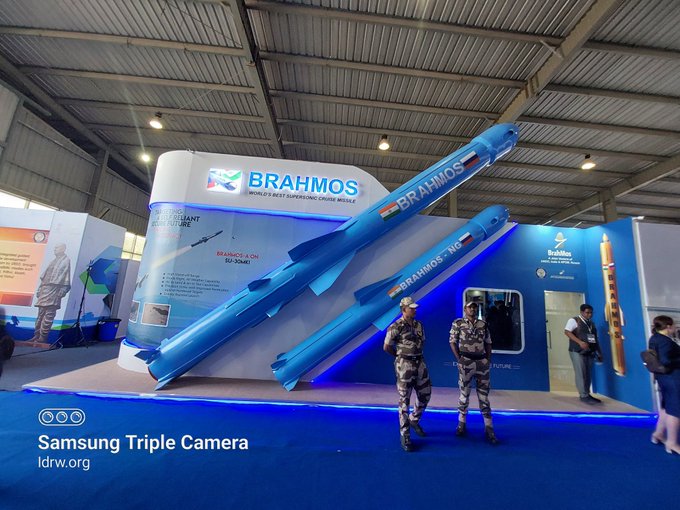

India’s BrahMos supersonic anti-ship missile has found its first export customer in the Philippines, highlighting the growing demand for such high-speed weapons. However, BrahMos faces a significant challenge: cost.
Advancements in air defence systems have driven many countries to seek supersonic anti-ship missiles like BrahMos. These missiles, capable of exceeding Mach 3 speeds, can potentially penetrate increasingly sophisticated defenses. Subsonic missiles, while cheaper, may struggle to overwhelm modern air defence capabilities.
Continue readingSOURCE: RAUNAK KUNDE / NEWS BEAT / IDRW.ORG


India’s Defence Research and Development Organisation (DRDO) has completed trials of its 30-kilowatt laser weapon system, marking a significant leap in directed-energy weapon technology. This high-powered system is now ready for mass production and user trials.
The laser weapon boasts an impressive operational range, capable of neutralizing helicopters and drones up to 5 kilometers away. DRDO highlights the potential for further extending this range, making it even more effective against aerial threats.
Continue readingSOURCE: RAUNAK KUNDE / NEWS BEAT / IDRW.ORG
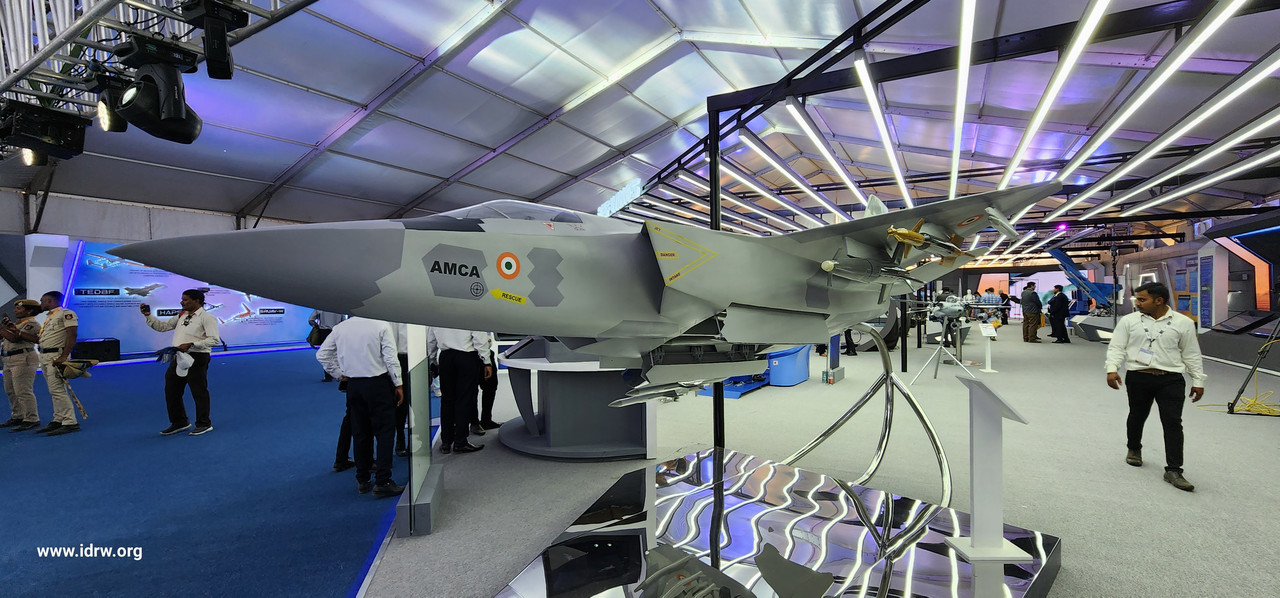

India’s ambitious Advanced Medium Combat Aircraft (AMCA) program received a significant boost earlier this year with clearance from the Cabinet Committee on Security (CCS). This green light paves the way for developing prototypes and marks a crucial step towards an indigenous 5th-generation fighter jet.
The Aeronautical Development Agency (ADA) anticipates the first AMCA rollout within the next four years. However, the initial prototypes might take 18-20 months to reach that stage. This delay is attributed to the program’s pioneering nature in the region. The AMCA incorporates cutting-edge technologies that require rigorous testing and military certification before taking flight.
Continue readingSOURCE: RAUNAK KUNDE / NEWS BEAT / IDRW.ORG
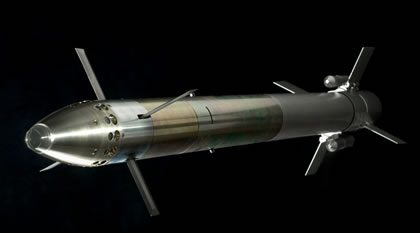

The Defence Research and Development Organisation (DRDO) has begun work on a next-generation air defence system – the Laser Beam Riding Man-Portable Air Defence System (LPAD). This project signifies a significant advancement in India’s indigenous defense capabilities.
The LPAD program received a project sanction order last year under the Make-2 category of the Defence Acquisition Procedure (DAP) 2020. This procurement route fosters collaboration between the DRDO and private Indian companies. The project aims to develop and deliver 200 launchers and 1,200 laser beam-riding missiles to the Indian Army, with an estimated value of ?4,800 crore. Prototype testing of the LPAD system is expected to be completed by the end of 2024.
Continue readingSOURCE: RAUNAK KUNDE / NEWS BEAT / IDRW.ORG
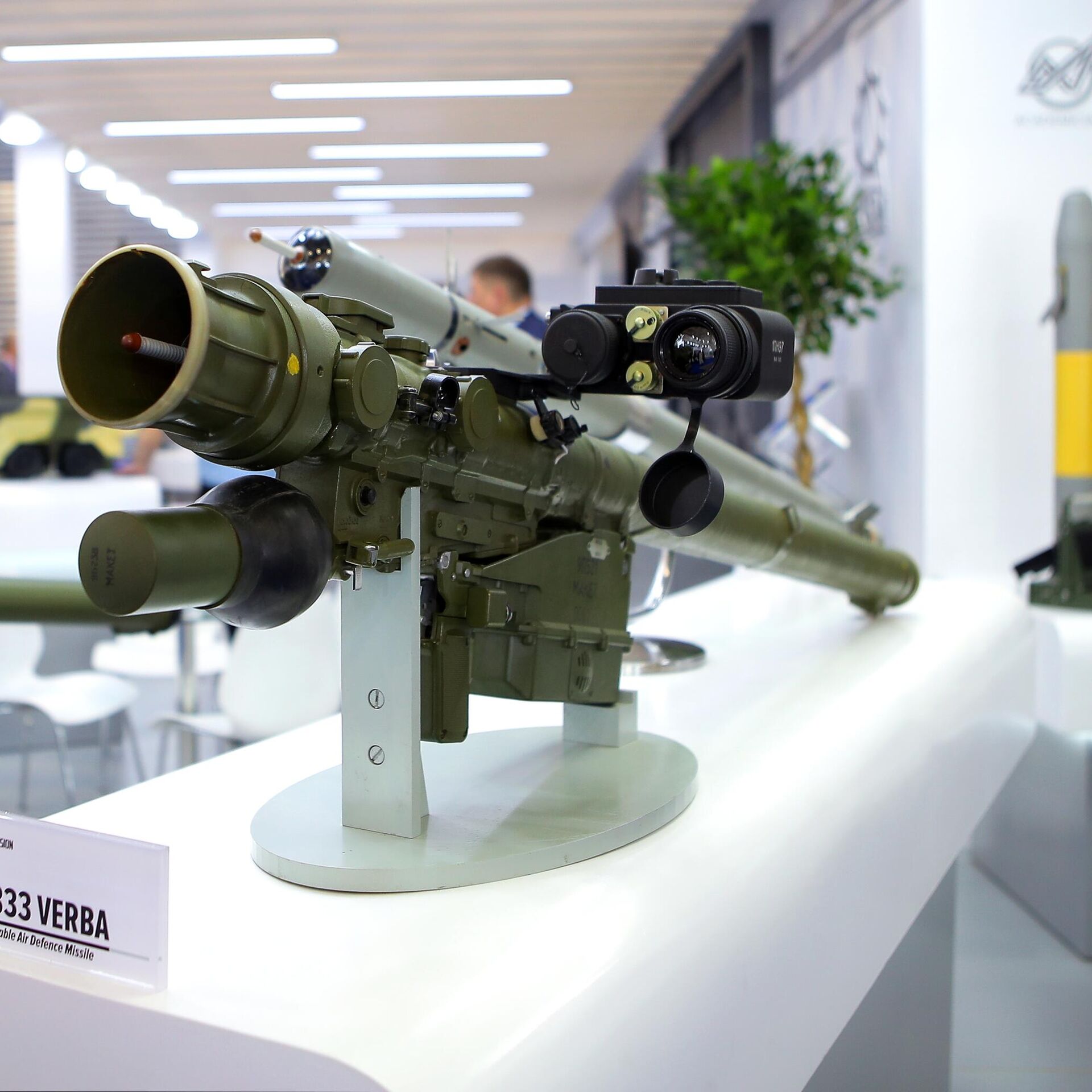

Adani Defence Systems and Technologies Limited (ADSTL) has commenced assembly of the Igla-S Very Short Range Air Defence (VSHORAD) systems in India. This development marks a significant step towards self-reliance in the country’s air defense capabilities.
The Igla-S assembly is being undertaken following a technology transfer (ToT) agreement between ADSTL and Rosoboronexport, a Russian state corporation. This ToT enables India to not only procure the advanced air defence system but also establish domestic production capabilities.
Continue readingSOURCE: RAUNAK KUNDE / NEWS BEAT / IDRW.ORG
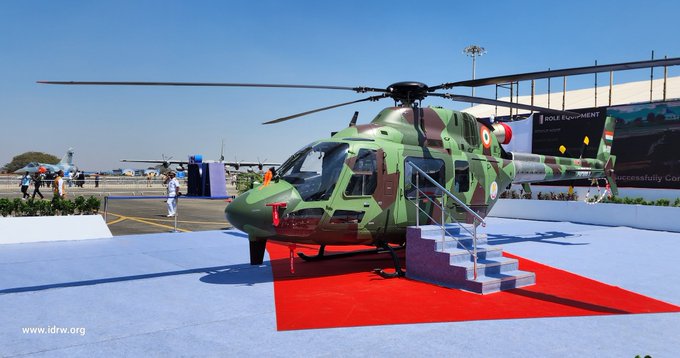

The Indian Army and Air Force’s plans to acquire the indigenously developed Light Utility Helicopter (LUH) from Hindustan Aeronautics Limited (HAL) are facing a setback. Order placements are likely to be delayed by 18-24 months due to a confluence of factors.
The initial batch of six Limited Series Production (LSP) LUHs, crucial for user trials and feedback, is expected to be delivered between December 2024 and June 2025. This timeline is a consequence of a disagreement over the Automatic Flight Control System (AFCS). The Army reportedly requested the AFCS, which HAL maintains wasn’t part of the initial specifications. This necessitates additional testing and certification, pushing back delivery dates.
Continue readingSOURCE: RAUNAK KUNDE / NEWS BEAT / IDRW.ORG
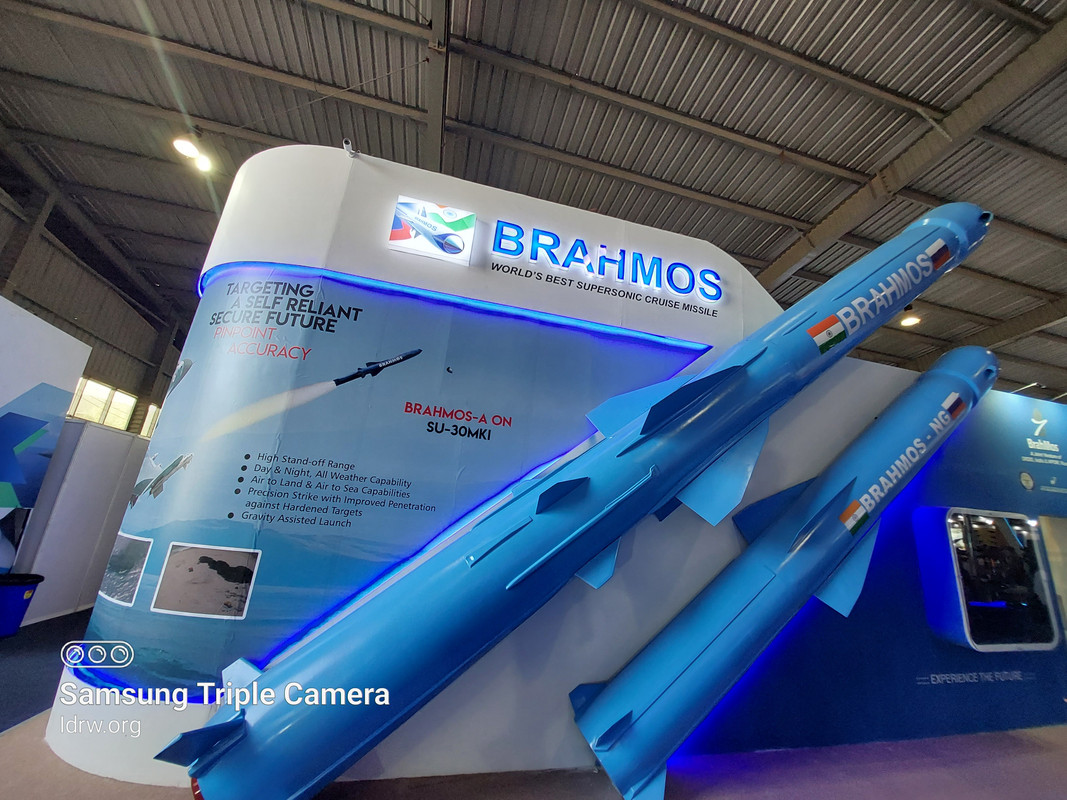

For two decades, the BrahMos missile system reigned supreme as the world’s only operational supersonic anti-ship missile. This dominance in a market largely saturated with subsonic options gave BrahMos a significant edge. However, the tide seems to be turning, with several countries entering the supersonic anti-ship missile race, threatening to dethrone BrahMos if it fails to adapt.
The landscape of the anti-ship missile market is undergoing a significant shift. Several countries are now developing their supersonic contenders, threatening to erode BrahMos’ market edge.
Continue readingSOURCE: RAUNAK KUNDE / NEWS BEAT / IDRW.ORG
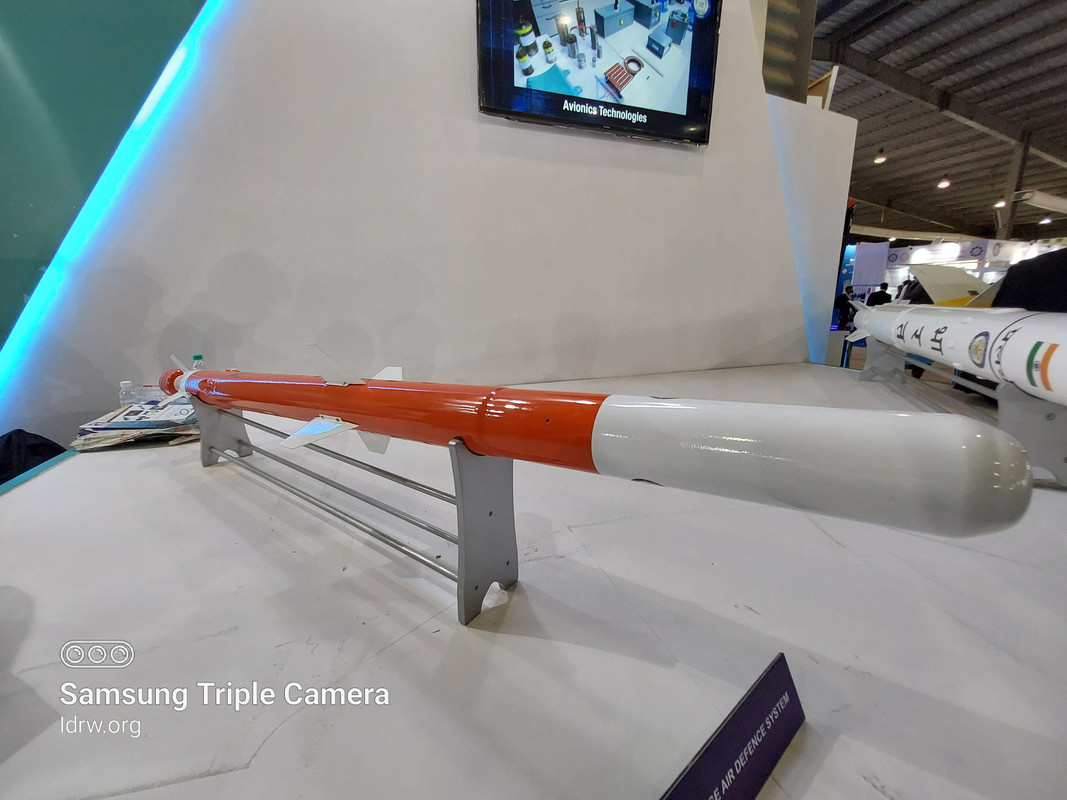

The Defence Research and Development Organisation (DRDO) has been asked to develop a new weapon system to bolster the Indian Navy’s defences: the Very Short-Range Air Defence System (VSHORADS) primarily developed for the Indian Army will also be designed to function primarily as a point-defence weapon, similar to the Raytheon-developed Rolling Airframe Missile (RAM) used on US Navy warships for Indian Warships.
The Indian Navy faces a growing threat from loitering munitions and low-cost, sub-sonic cruise missiles. These agile and often inexpensive weapons can potentially cripple or destroy warships. VSHORADS is specifically designed to address this vulnerability.
Continue reading